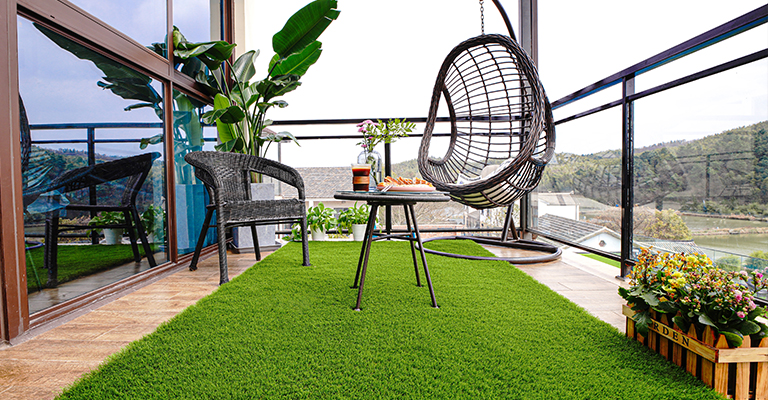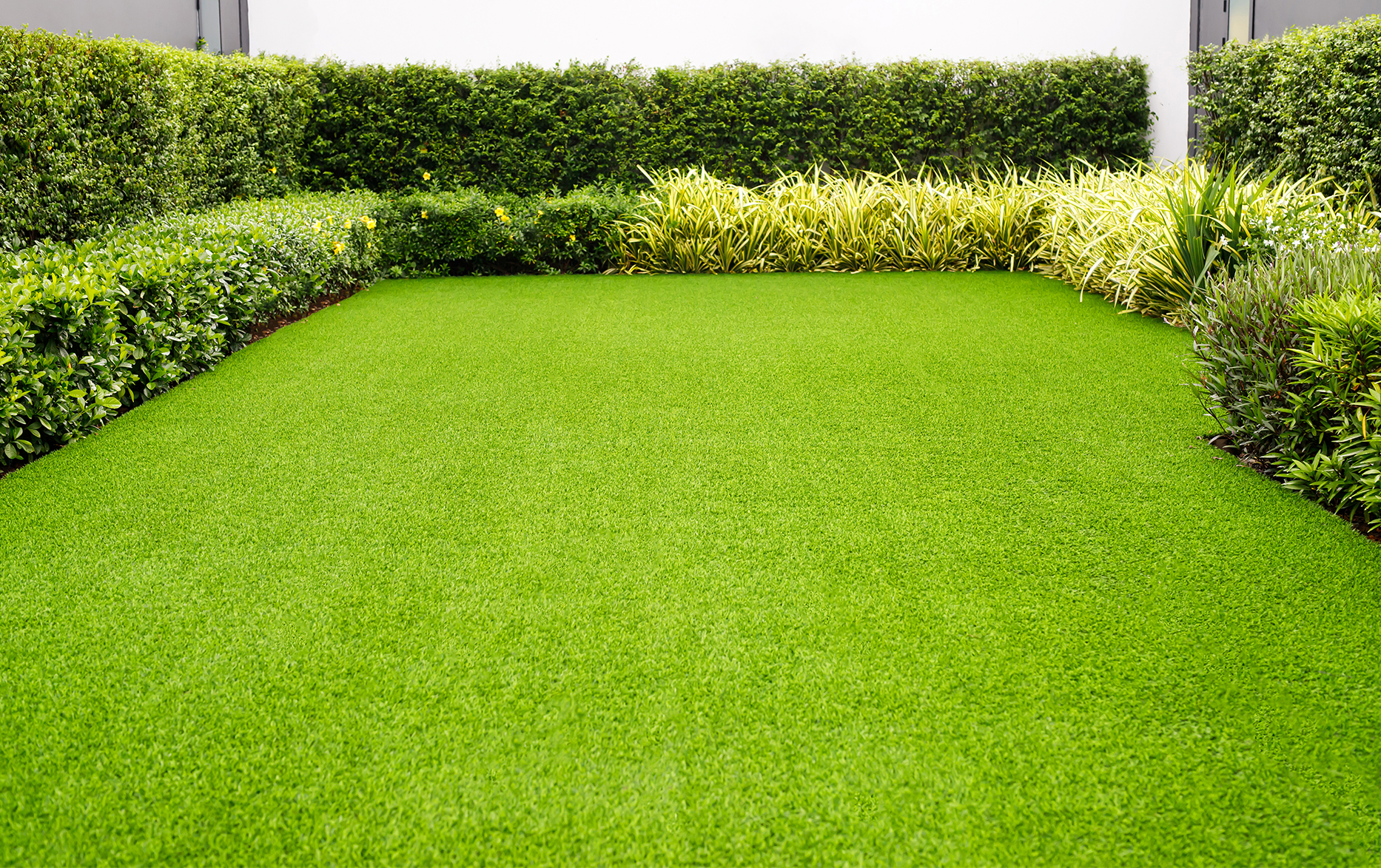Custom Turf Installation Phoenix AZ for Homes, Businesses, and Play Areas
Look Into the Environmental Advantages of Opting for Synthetic Grass Solutions
The fostering of fabricated lawn solutions offers a compelling chance to attend to pushing environmental challenges. By substantially reducing water usage and lessening the application of unsafe chemicals, these options not only promote lasting landscaping however likewise safeguard neighborhood ecosystems.
Water Conservation Perks
One of the most significant benefits of synthetic grass is its capability to preserve water. Standard turf yards require significant irrigation, specifically in locations susceptible to dry spell or water restrictions. In contrast, synthetic grass does not need watering, dramatically lowering the overall need for water sources. This attribute is especially valuable in deserts where water shortage is a pressing worry.
By removing the need for normal watering, synthetic grass adds to sustainable landscape practices and aids mitigate the environmental influence of excessive water usage. Moreover, the conservation of water reaches the decrease of overflow, which can result in dirt erosion and waterway contamination.
Additionally, the setup of synthetic grass permits house owners and districts to allocate water resources a lot more effectively, focusing on vital usages such as drinking water and agriculture. The shift towards artificial lawn not just promotes liable water usage but also straightens with more comprehensive environmental goals targeted at maintaining natural deposits.
As areas increasingly focus on sustainability, the water preservation advantages of synthetic grass present an engaging instance for its fostering in property and industrial landscape design jobs.
Minimized Chemical Use
The change to synthetic grass considerably reduces the dependence on chemical treatments frequently made use of in all-natural lawn upkeep. Traditional lawn monitoring commonly entails the application of pesticides, herbicides, and plant foods to advertise development and control parasites. These chemicals can present risks to human health and wellness, local wild animals, and the atmosphere, adding to soil and water contamination.
In contrast, synthetic lawn eliminates the need for these dangerous materials. By minimizing the release of synthetic compounds into the ecological community, artificial turf promotes healthier soil and water systems.
Additionally, the lack of chemical drainage linked with synthetic grass setups helps shield local waterways from pollution, sustaining aquatic life and maintaining biodiversity. Phoenix turf companies. As areas progressively focus on sustainable techniques, choosing synthetic grass presents a feasible service that aligns with environmental conservation objectives. Via this shift, homeowner can take pleasure in rich eco-friendly areas without jeopardizing ecological health and wellness, leading the means for a much more sustainable future
Lower Carbon Footprint

Furthermore, the installment of man-made turf can result in significant water preservation. Natural grass need considerable amounts of water for irrigation, which not only contributes to the carbon footprint related to water extraction and treatment however likewise strains local water sources. In comparison, fabricated turf requires very little maintenance, requiring no watering, therefore significantly decreasing water use and its linked power costs.
Additionally, the long life of artificial lawn adds to its reduced carbon effect. With a lifespan of as much as 15 years or more, the demand for regular replacements is decreased, leading to less waste and lower energy intake in production and disposing of typical yard choices. Overall, synthetic grass provides a lasting choice for eco aware landscape design.
Habitat Preservation
Habitat preservation is a critical consideration in the discussion over landscape design selections, especially when comparing synthetic grass to all-natural grass. Natural grass lawns frequently call for substantial maintenance, including the use of pesticides, plant foods, and herbicides, which can negatively influence neighborhood environments. These chemicals can seep right into the dirt and rivers, damaging indigenous vegetation and animals and interfering with neighborhood environments.
Artificial grass Extra resources gets rid of the need for harmful chemicals, consequently safeguarding neighboring wildlife and keeping the integrity of surrounding ecological communities. The setup of artificial turf can lead to the conversion of previous yard areas into even more biodiverse landscapes, such as pollinator yards or native plant locations, which can support neighborhood wildlife.
Eventually, the transition to synthetic grass not only saves water and decreases maintenance initiatives but also cultivates a much more unified partnership in between human activities and the all-natural environment, promoting environment preservation at the same time.
Long-Term Sustainability
Lasting sustainability is an essential consider examining the advantages of synthetic grass over standard yard lawns. Among the most significant advantages of man-made lawn is its toughness; it can last as much as 15-20 years with marginal upkeep, whereas natural lawn needs frequent reseeding and replacement. This longevity minimizes the requirement for constant sources, such as water, fertilizers, and chemicals, which are essential for maintaining a healthy and balanced grass lawn.
Additionally, artificial turf contributes to Bonuses a reduction in carbon discharges associated with lawn treatment devices. Standard grass commonly call for gas-powered lawn mowers, leaners, and blowers, all of which add to air pollution. Phoenix turf companies. In comparison, synthetic grass removes the requirement for such tools, promoting a cleaner setting
Additionally, the manufacturing of synthetic turf increasingly uses recycled materials, improving its sustainability account. As suppliers take on environmentally friendly techniques, the environmental impact of artificial turf proceeds to reduce.

Final Thought
The fostering of artificial turf services presents considerable ecological benefits, including considerable water preservation, decreased dependence on unsafe chemicals, and a reduced carbon impact. Moreover, artificial turf aids in maintaining all-natural habitats by lessening land disruption and advertising long-lasting sustainability via the usage of long lasting products. Collectively, these factors highlight the possibility of synthetic grass to add positively to ecological health and supply a practical alternative to standard landscape design practices in an increasingly resource-conscious world.
In contrast, fabricated grass does not need watering, dramatically reducing the general demand for water resources. By minimizing the release of synthetic compounds right into the ecological community, artificial lawn advertises healthier dirt and water systems.
Moreover, the setup of artificial lawn can result in considerable water preservation. In contrast, artificial grass requires minimal maintenance, requiring no watering, thereby significantly decreasing water use and its linked power navigate to these guys costs.
